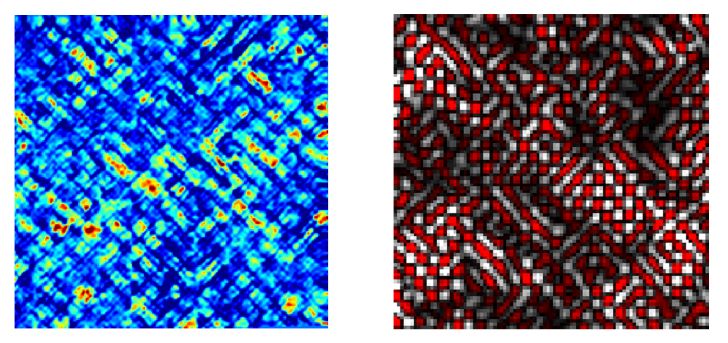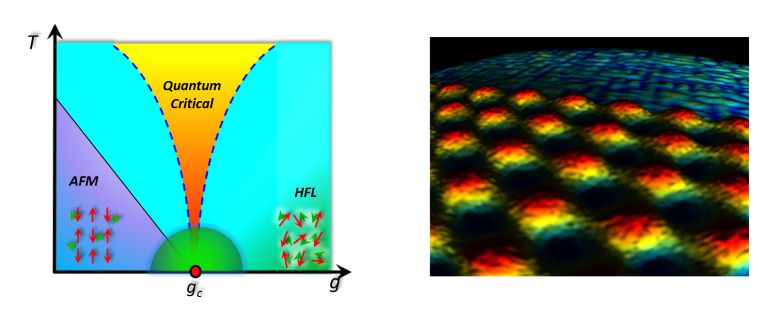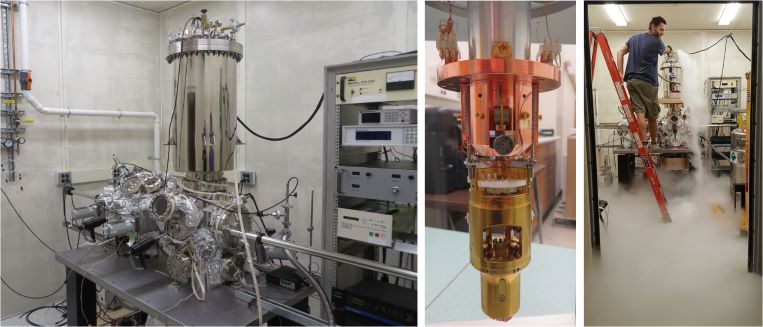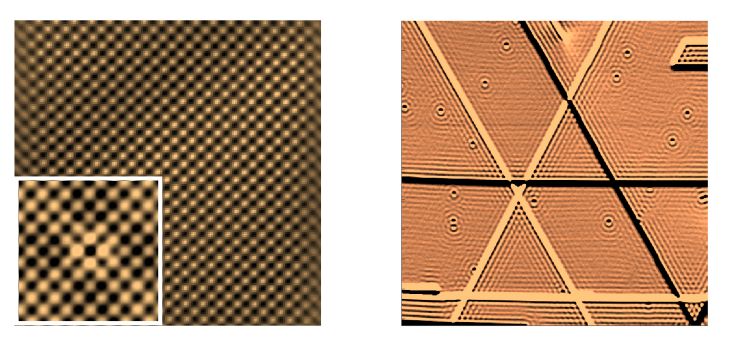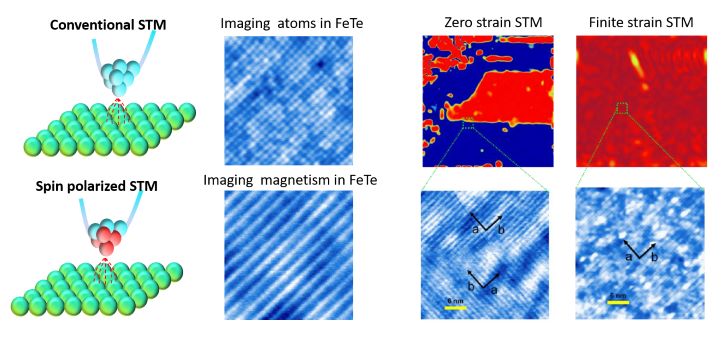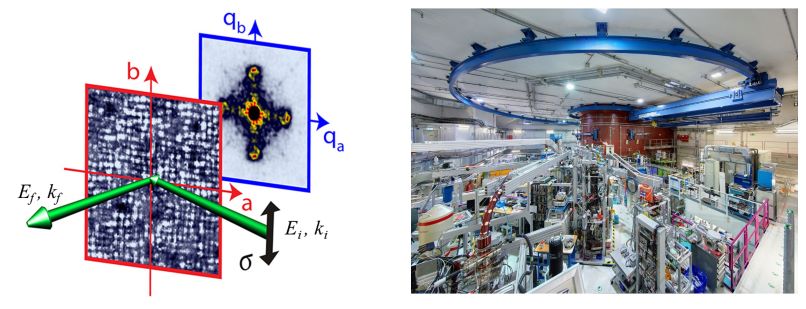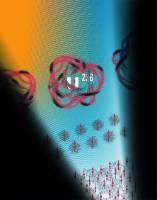Welcome to Aynajian Group
Research in Aynajian Group is focused on emerging phenomena in correlated and topological quantum matter at the nanoscale using spectroscopy techniques complemented with machine learning for big data analysis, theory, and computation.
Aynajian Group uses ultra-high vacuum, variable temperature scanning tunneling microscopy and spectroscopy to visualize electrons at the nanoscale. In addition, the group carries out novel neutron and x-ray scattering techniques at dedicated research facilities around the world to gain insights of the electronic properties and their excitations.
The Aynajian Group closely collaborates with theory, computation, and material synthesis groups within and outside the department.
Funding:
NSF CAREER: Visualizing Emergent Electronic States Near Quantum Phase Transitions
NSF DMR Visualizing the bulk-boundary correspondence in antiferromagnetic topological matter
Research Areas
Topological materials represent a captivating frontier in condensed matter physics, offering a paradigm shift in our understanding of electronic properties and opening up unprecedented opportunities for technological advancement. These materials possess unique characteristics derived from their nontrivial topology, which gives rise to robust and exotic electronic modes at their boundaries that are protected by the bulk band topology (bulk-boundary correspondence).
Among the diverse classes of topological materials, magnetic topological semimetals and insulators with higher-order topology (HOT) stand out as a particularly intriguing subset that constitute a distinctive new family of topological phases of matter. HOT materials support topological states on their higher-dimensional boundaries (1D edges and 0D corners). By combining higher order topology and intrinsic magnetism, antiferromagnetic topological quantum materials exhibit a rich array of topologically non-trivial phenomena including the quantum anomalous Hall effect (QAHE) and the Axion insulator state.
We study the effect of correlation and non-trivial topology in quantum materials from unconventional superconductors to topological insulators.
Experimental Facilities
Publications
Group Members

Pegor Aynajian
Associate Professor
Graduate Students
Current:
- Joel Friedman (jfried29 at binghamton.edu)
- Mingda Gong (mgong2 at binghamton.edu )
- Divyanshi Sar (dsar1 at binghamton.edu)
- Luka Khizanishvili (lkhizan1 at binghamton.edu )
Alumni:
-
Justin Leshen
- Mariam Kavai
- Ioannis Giannakis
Contact Info
Pegor Aynajian
aynajian at binghamton.edu
4400 Vestal Parkway East
Binghamton, NY 13902
